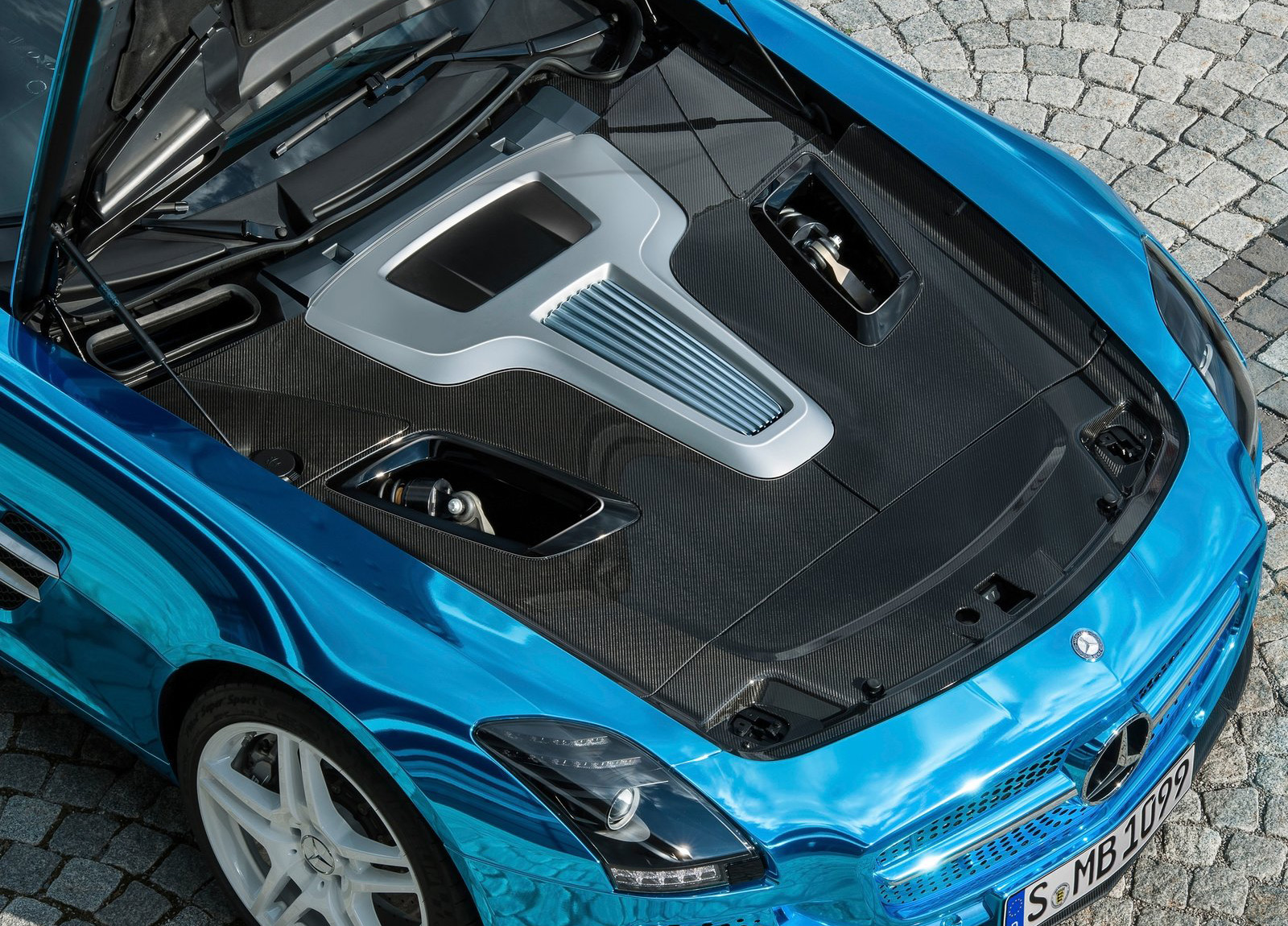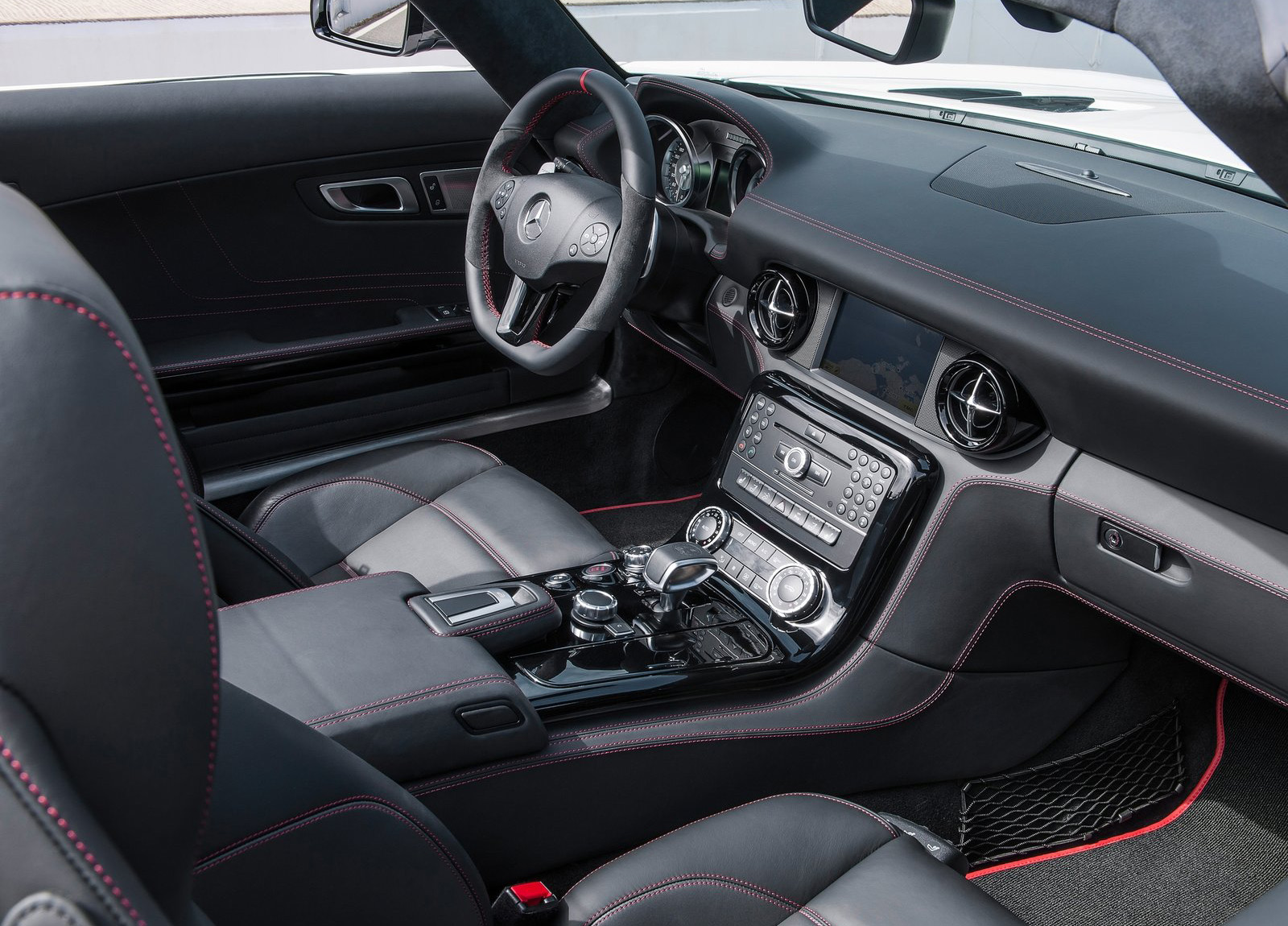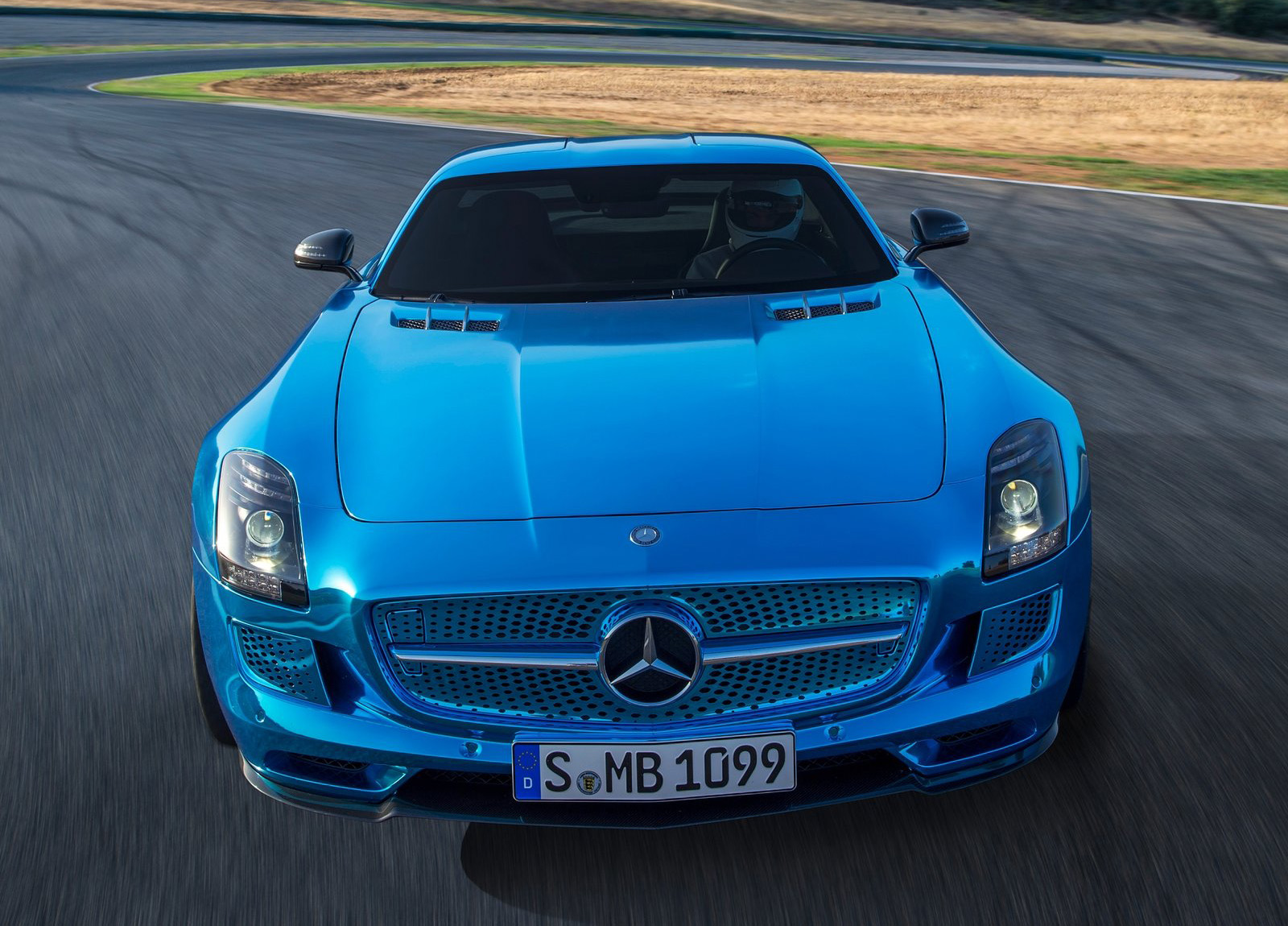For years now, car companies have been making electric cars but not a profit off of them. The price of developing an EV doesn’t match up with the price people are willing to pay for them, and we often see these cars subsidised by both governments and manufacturers themselves. With this in mind, I adore the $US435,000 ($567,762) Mercedes-Benz SLS Electric Drive from 2014.

The thought came up while reading this ancient blog post about the development of the GM EV1, the pioneering electric car that GM leased but never sold. The post is a response to the rather bitter Who Killed The Electric Car? documentary, but draws most of its information from the earlier history The Car That Could, published in 1996. It explains how GM would have lost money on every EV1 it sold, if it sold them for what people were happy to pay:
In 2011 a video entitled Who Killed the Electric Car? was published. It is a very effective bit of propaganda but quite misleading. The key issue left out was the cost of producing the EV1 electric car. About 1100 EV1’s were produced by General Motors (GM) and leased to selected drivers at a monthly cost of $US250 ($326) to $US500 ($653). The drivers thought that this was somewhere near what would be required to cover the cost of producing them. It wasn’t. When the development cost was averaged among those cars their cost was about $US340,000 ($443,768) each. That average cost is not the relevant figure. Of more relevance is what General Motors calls the piece cost, which economists call the marginal cost. That cost seems to have been somewhere in the range of $US16,000 ($20,883) to $US18,000 ($23,494) in 1992. That would be about $US25,000 ($32,630) to $US28,000 ($36,546) in 2012 prices. About one half of the piece cost came from the propulsion system. The piece cost does not include the cost of equipment and structures and other costs associated with the enterprise. One can get an idea of what price by noting that the price charged for the Tesla electric car in California is $US100,000 ($130,520). Only posturing Hollywood types are willing to pay that price. Quite likely GM would have had to sell the EV1 for $US50 ($65),000 ($65,260) to $US60,000 ($78,312) in 1992. The number they would have sold at such a price would have been minimal. Therefore the decision to not to produce the EV1 was quite reasonable and rational. Apparently GM set a list price of about $US34 ($44) thousand for the EV1 but they did not sell any because they did not want to do so. A $US34 ($44) thousand price in the early 1990’s is about equivalent to $US50 ($65) thousand in 2012.
This has been the case for ages. Fiat reportedly was losing $US10,000 ($13,052) on every 500e that went out the door. Tesla makes money, but selling cars is far from Tesla’s only line of business. Even mainstream automakers like Audi talk publicly about how they struggle to make electric cars return a profit.
These points maybe help illustrate two things about the Mercedes SLS Electric Drive: why it cost about half a million dollars for what is functionally a factory EV conversion, and why you don’t exactly see a ton of them on the road.

Here is Car and Driver explaining how this thing looks basically identical to any other SLS but costs twice as much:
For a supercar that’s seemingly from another planet once you pop the hood, the SLS Electric Drive largely looks the same as any internal-combustion-powered SLS. The grille gets “bionic honeycomb-shaped” openings, and it and the adjacent air intakes receive body-matching paint. Paint aside, these openings are functional, feeding air to various cooling bits. Exterior colours are limited to the chromatic blue you see in the photos, an exclusive matte neon yellow called electricbeam, and four others. A new gauge cluster features in the electric SLS, and it replaces a tachometer with a display providing information on power requirements, regeneration status, transmission modes, and battery charge.
The 2014 Mercedes-Benz AMG SLS Electric Drive starts at €416,500 in Germany (that’s roughly $US435,000 ($567,762) when you subtract VAT, although the price isn’t likely to directly translate). Deliveries are expected to begin before the end of the year. At more than double the price and far less than half the sound of its gas-fired sibling, we know which SLS we’d choose to own. That doesn’t mean we wouldn’t like to take the other one for a very quick, nearly silent spin.
There’s not a lot to fault the SLS Electric Drive for in terms of its raw functionality. Mercedes claimed 249 km of range and a 249 km/h top speed, with 740 horsepower, 335 kg-ft of torque, and a battery pack developed by the same team that did Mercedes’ hybrid F1 tech.





On the specs alone, it was a good, good car. You’d think it would be vaunted like a Tesla Roadster. Instead it’s barely a footnote in the history of modern EVs, and I can’t help but think that price tag is to blame. It’s almost like Mercedes didn’t want to see any make it off of auto show display stands. Maybe it just didn’t have enough incentive to care.

